Traffic without revenue is just vanity metrics.
Tired of SEO that gets eyeballs but no buyers? Spicy Margarita builds "pathways to revenue" that actually convert.
We've taken brands from $0 to $120K monthly revenue with our no-BS approach.
What makes us different:
✔ Revenue-first strategy that CEOs love
✔ Elite content that's persuasive & memorable, not just "SEO friendly"
✔ High-authority backlinks that drive meaningful growth
✔ Continuous optimization to keep you ranking #1
Real results from real clients:
→ 0 to 100K+ new monthly organic visitors (B2C SaaS client)
→ 0 to $1M annual revenue (B2B SaaS client)
→ 0 to $120K monthly revenue (financial services client)
No long-term contracts.
Just results that speak for themselves.
Your URLs have real implications for SEO.
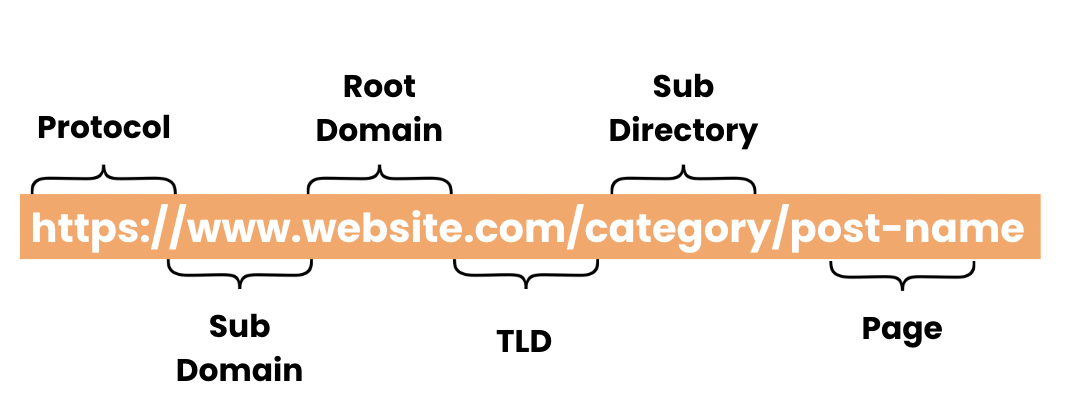
Not only are the words in your URL a ranking factor.
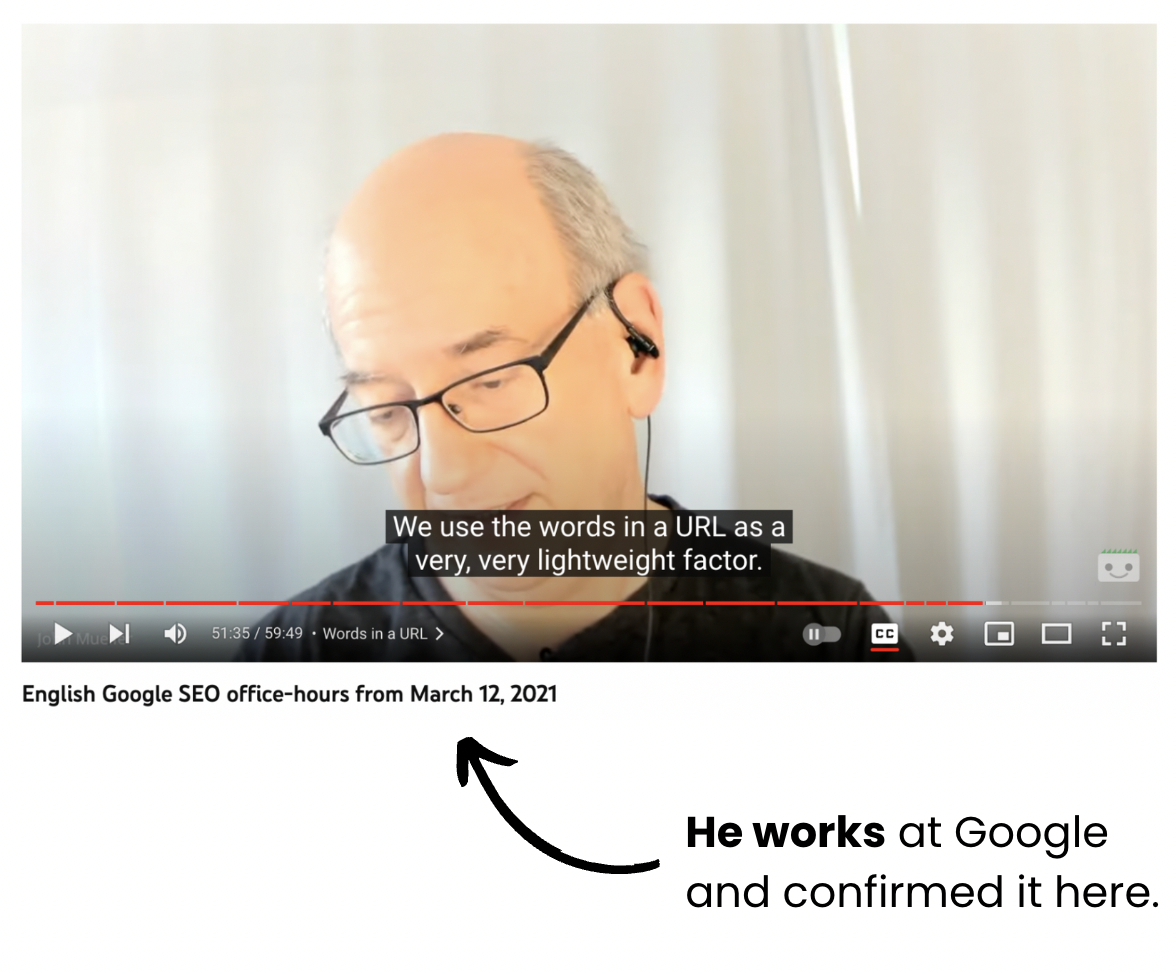
But logical URLs also make a website easy to navigate.

Here is current best practice for creating SEO-friendly URLs →
Use https:// Protocol
https:// indicates a site is secure and encrypted. It has been a Google ranking factor since 2014.
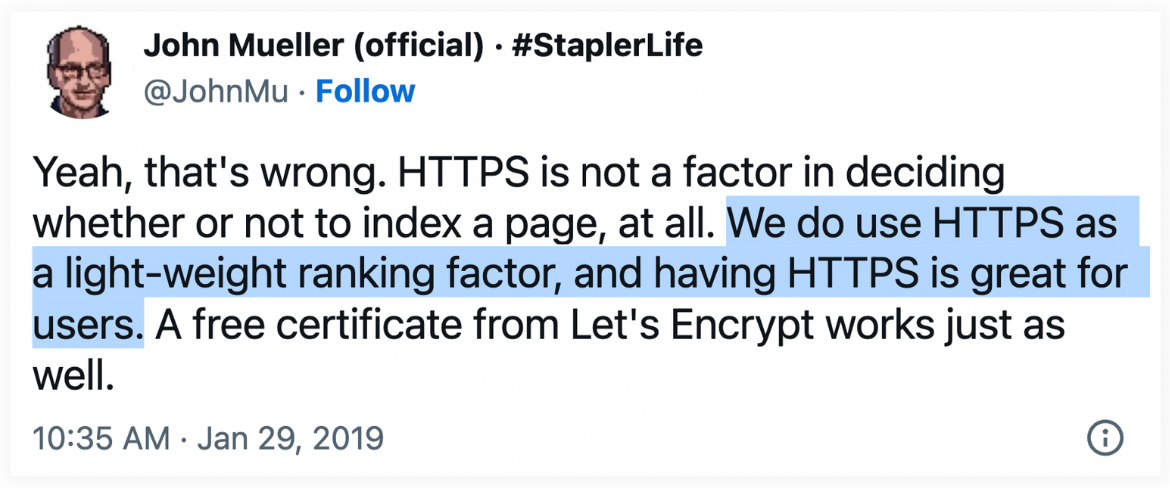
You probably already use https://. To check, see if your pages has this little lock.
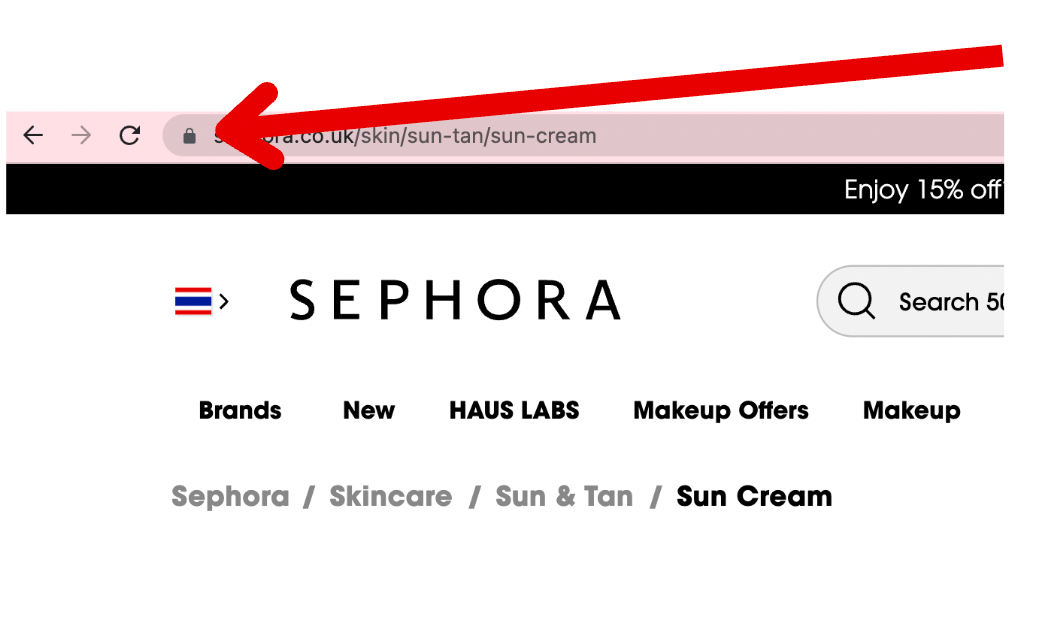
Careful with subdomains
Subdomains are a short addition to your root domain. Most sites use the same subdomain for everything.
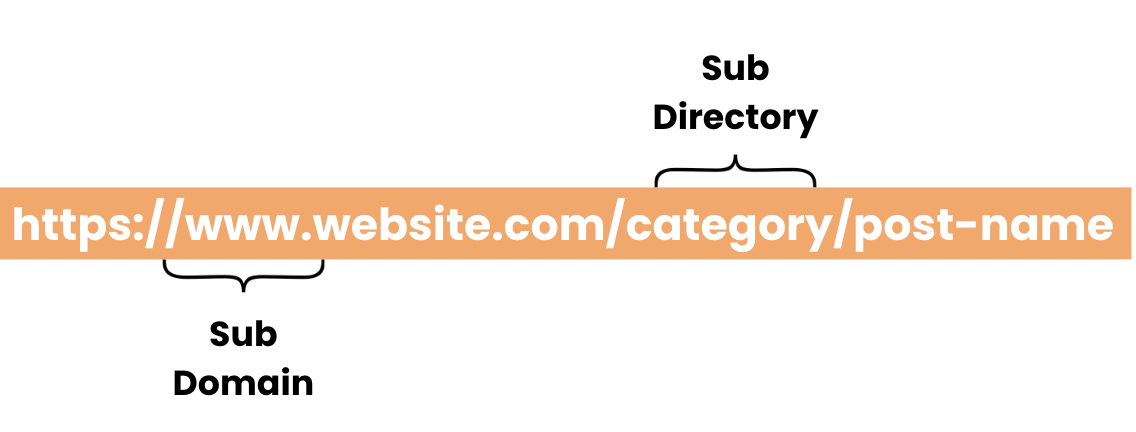
Subdomains can also be used to organize a site (e.g. a separate blog or help centre.).
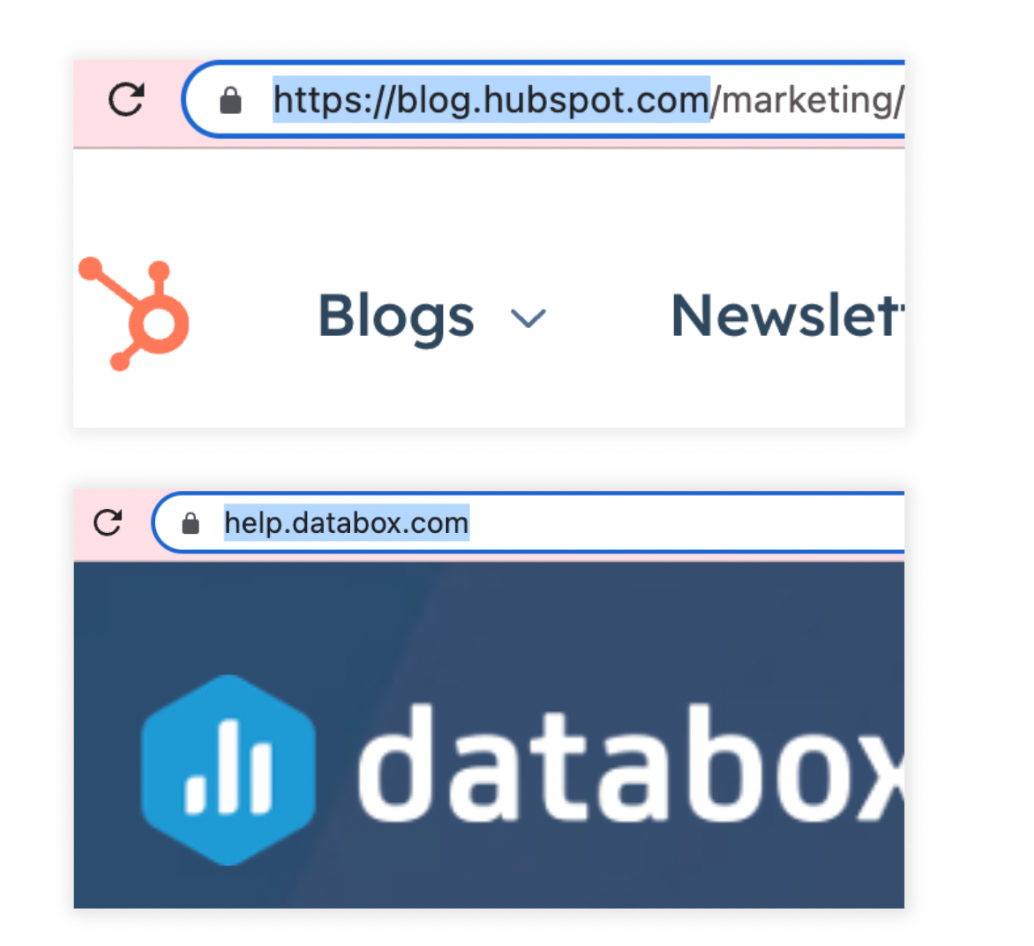
Google has repeatedly said subdomains are fine to use.

But SEOs still tend to advise against it. Evidence has shown switching from subdomain to subdirectory boosts traffic.

Use .com Domains
For SEO it doesn't really matter.
Instead, the #1 consideration is user experience.
What will be most recognizable, trusted, and accessible for your audience?

Use Subdirectories
Use subdirectories to categorize your site and build logical clusters.

For eCommerce sites subdirectories should be used to give hierarchy.

For publishers subdirectories can silo topic clusters.

For topical content this works really well.
To have the most impact, set up your subdirectory as the "pillar" page or category.
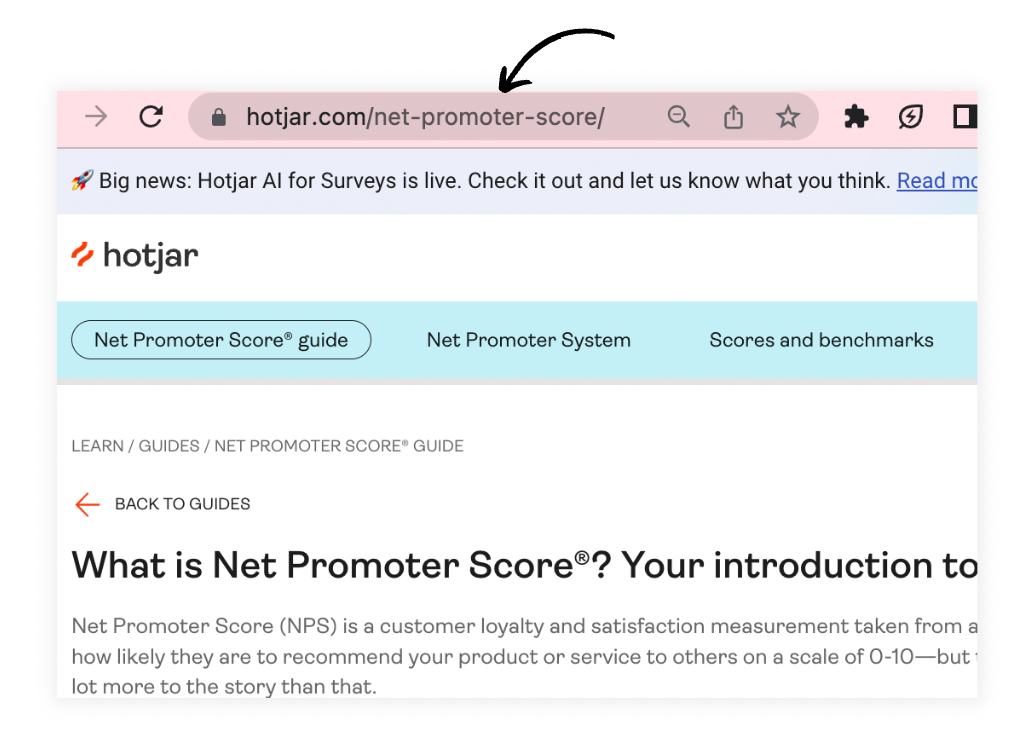
Then add the sub-pages as "cluster" articles.

And finally add breadcrumbs to interlink the cluster.
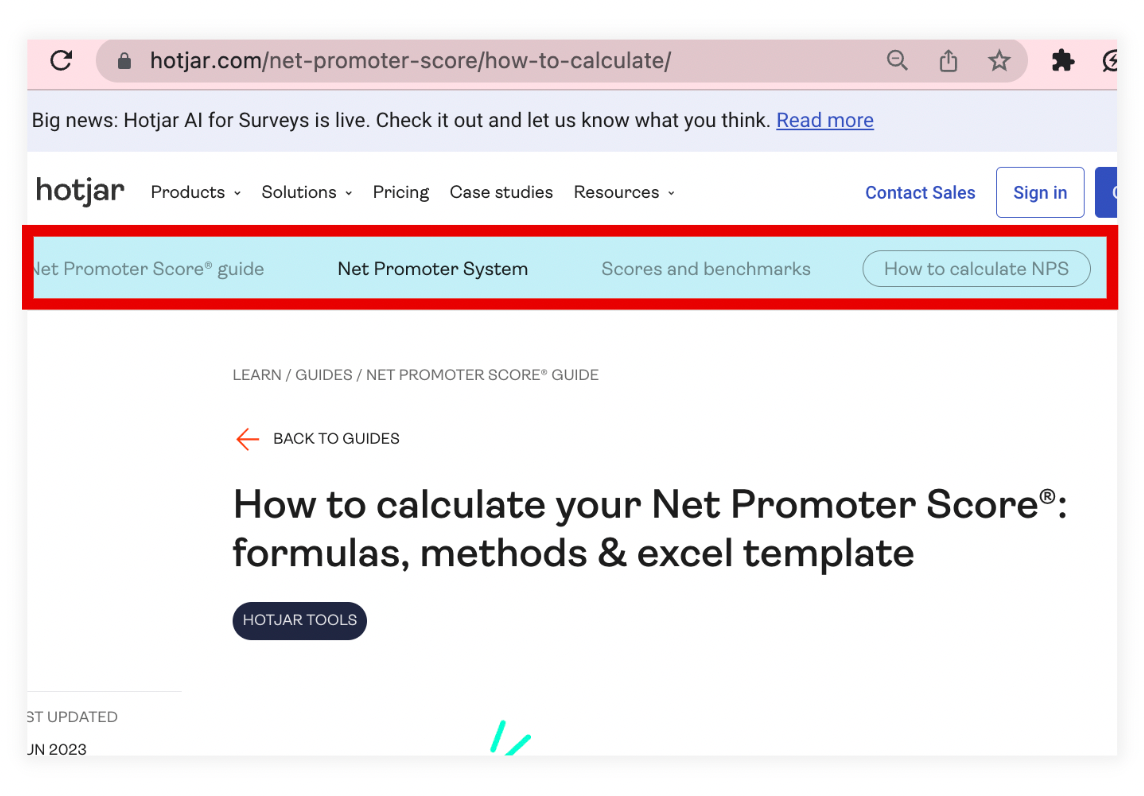
Add keywords to URLs
Keywords in URLs show the user they're in the right place AND influence ranking.
But add them wisely.

What not to do:

URLs do not need to be:
- Grammatically correct
- Same as blog title
What to do:

That's pretty much all you need to know to make SEO-friendly URLs.
Here are some more examples:
SEO-friendly URL examples


Thanks for reading!
—Benny

